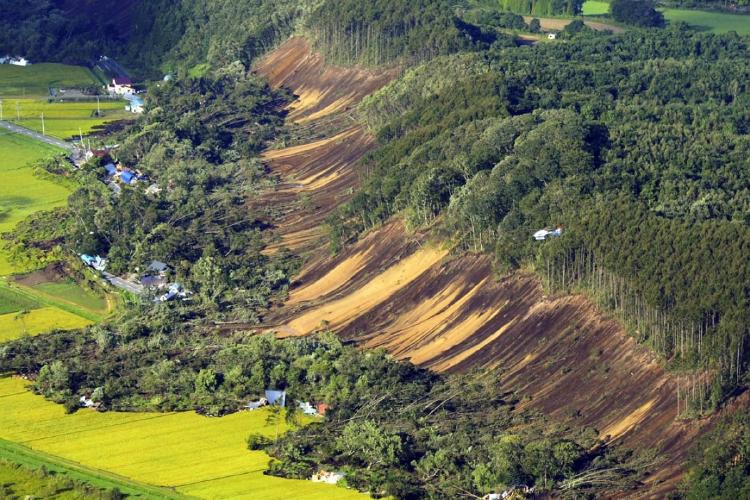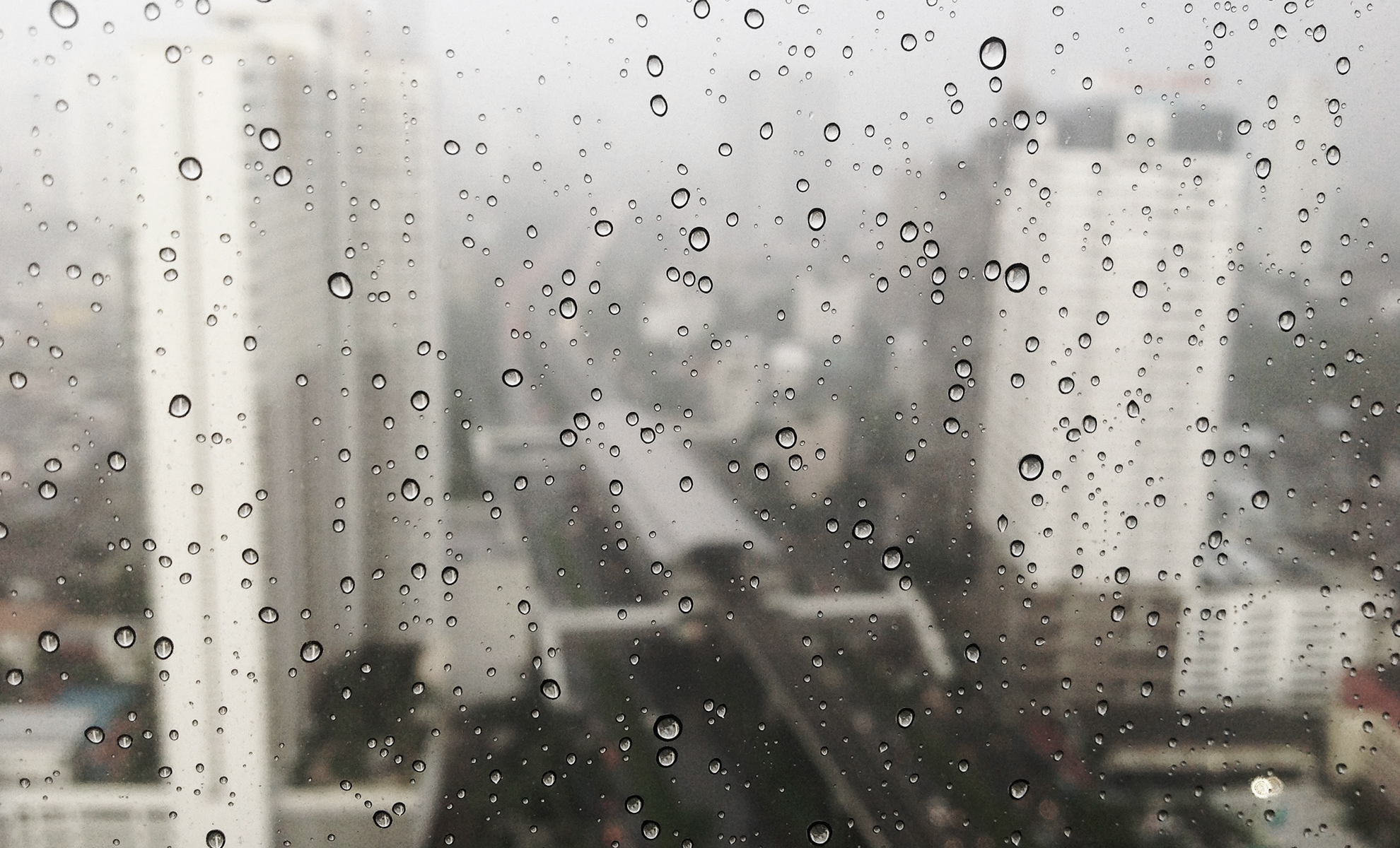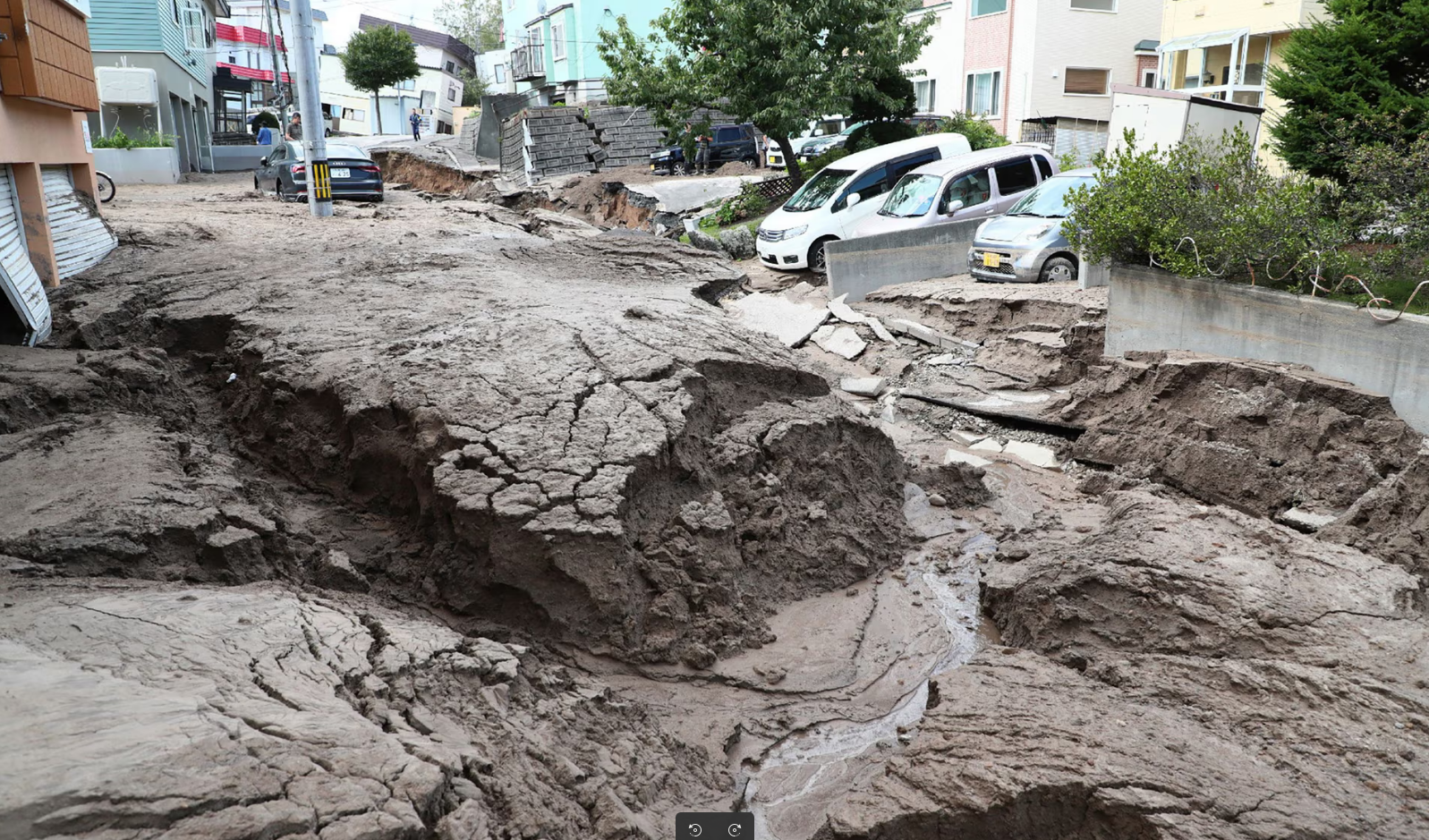Quirky Quakes - A tale of Earthquakes
“What was that?” Before I could even ask her aloud, the floor started shaking again—like riding in a speeding car over endless speed breakers.

- Dr. Vivek Shilimkar
- 6 min read

Life in Sapporo
I’ve been living in Sapporo, the capital of Hokkaido, for many years now. Hokkaido is known for its pristine forests, breathtaking natural beauty, dairy products, and fresh seafood. What I love the most are the mountains surrounding Sapporo—and the sea is just 15 km away. What more could one ask for? The combination of mountains and sea makes Sapporo a perfect place for hiking and camping.
Life here was already fulfilling with my occasional hikes and camping trips, but it became perfect when my wife and daughter came to live with me.
Typhoon Jebi

Recently, my parents visited, and we explored the beautiful Sapporo and Otaru together. After they left, we slowly returned to our routine. On 4th September, it was my wife Anita’s birthday. But Typhoon Jebi almost ruined our celebration. It was expected to reach Sapporo around 9:30 PM, so we had to wrap everything up before then. Although we finished an hour early, the rain had already begun. So, we stayed overnight at a friend’s house.
That night, Jebi howled through the windows and poured relentlessly.
The Earthquake
The next day was surprisingly clear—bright sunshine after a storm always feels special. Because we hadn’t slept well the previous night, I planned to sleep in until 7 AM on the 5th. But in deep sleep, I suddenly felt a massive jolt.
I woke up sitting upright, my left hand supporting me, Anita wide-eyed beside me. We stared at each other in confusion, both silently asking, “What was that?” Before I could even ask her aloud, the floor started shaking again—like riding in a speeding car over endless speed breakers.
It was an earthquake.
Without hesitation, I jumped toward Anita, grabbed our 2-year-old daughter Anvi, and rushed into the lower compartment of the wardrobe built into the wall—our makeshift earthquake shelter. We had experienced smaller quakes before and had emptied that compartment for emergencies like this—or even a missile threat. Few months ago, the North Korean leader had gone full villain-mode and started test-firing missiles. Two of them literally flew over Hokkaido and landed in the Pacific. Let me tell you: nothing builds character like a rogue nation launching projectiles over your neighborhood.
So, we had prepped. That wardrobe compartment I mentioned? It was our bunker—for earthquakes or incoming missiles. Three adults could fit in there if we really squeezed. We kept it empty but prayed we’d never need it.
Murphy, as always, had other plans.
Anita crawled under a table, repeatedly chanting the name of the god she believes in. I held Anvi tightly, trying to keep her calm while calculating the intensity in my mind. The quake lasted around 40 seconds, with a peak intensity of 6 in our area. My heartbeat must’ve been over 150 bpm.
At one point, I truly thought this was the end.
When the shaking stopped, Anvi cried—perhaps thinking I’d shaken her awake. We checked for damage—miraculously, nothing had fallen or broken. It was 3:10 AM. We quickly dressed and went outside. It was dark and cold, and we didn’t know where to go. We stayed in an open space for a few minutes. Then, I went back in the house, fetched our camping lamps, jackets, and water bottles and waited with Anita and Anvi in an open space. So far 15-20 minutes had passed since the big quake. I almost came back to my senses.
Friends started calling. Chetna, crying on the phone, said we were lucky to live below the top floor. I joked, “What if the whole building collapses? You live on the 10th floor.” She started crying even harder, but we all needed a laugh to return to reality and think clearly.
Soon after, the entire island of Hokkaido went dark in a massive blackout.
Finding Safety
Our friend Jagjit came over on his bicycle, laughing about how he heard a big sound from the ceiling and nearly jumped out his window in case of house collapses. All these laughs and jokes were possible only because every house/building in Japan is built as resistant as possible for an earthquake.
There were no casualties in Sapporo, thankfully. But in Atsuma village, near the epicenter, landslides claimed many lives.
We walked to a nearby park and were amazed to see cars on the road behaving as if nothing had happened—except for the broken traffic signals. Still, every car stopped at each signal, gave way to others, and moved only when safe. We were stunned by this thoughtful discipline.
After two hours, around 6:15AM we returned home. But another quake—this time of intensity 5—struck soon after. No way were we staying indoors after that. We packed bags and headed to the park again.
The Marsh Bites Back
We started exploring nearby areas during the day. Liquefaction had occurred in the northern parts of Sapporo. Turns out much of the city is built over marsh land. The Earth reclaimed land during the quake. Roads split open, pavements were lifted, and buildings tilted like confused dominoes but did not collapsed. A section of the city looked like a special effects scene from a disaster movie. But this was no CGI—it was our morning commute, redefined.


Night in the Evacuation Center
Those in buildings had no gas, electricity, or water. So People lined up in all the stores to stock the food in case the aftershock causes more damage, by the afternoon shelves were empty. Fortunately, we were living in rented row house and still had water and gas.
We planned to sleep in the park a tent that night to avoid injury if the aftershock should cause more damage. Then a friend told us about a nearby evacuation site—sturdy buildings designed to withstand major quakes. We went there with only expectation that no matter how strong earthquake hits, the shelter won’t collapse and nobody will die but we were blown away by the reality. Government staff provided sleeping bags, food, drinks, first aid—and even WiFi. The shelter was so well-equipped it felt much safer.
Once electricity returned, most people left, and shelters slowly closed so schools could resume.
Aftershocks & Lessons Learned
I had never experienced an earthquake in India, so I assumed once the big one was over, we were safe. I was wrong. The aftershocks were more haunting—especially because of the 2011 Great East Japan Earthquake (GEJE), where several major foreshocks preceded the main M9.1 quake.
Every tremor afterward sparked fear. Anita cried after almost every one. Thankfully, this was the main quake, not a foreshock.
A month later, aftershocks still hit Sapporo occasionally—sometimes as strong as intensity 4. But I’ve become calmer now. Even if the earth shakes, I’ve learned to stay steady, keep calm, and carry on.
- Tags:
- Life